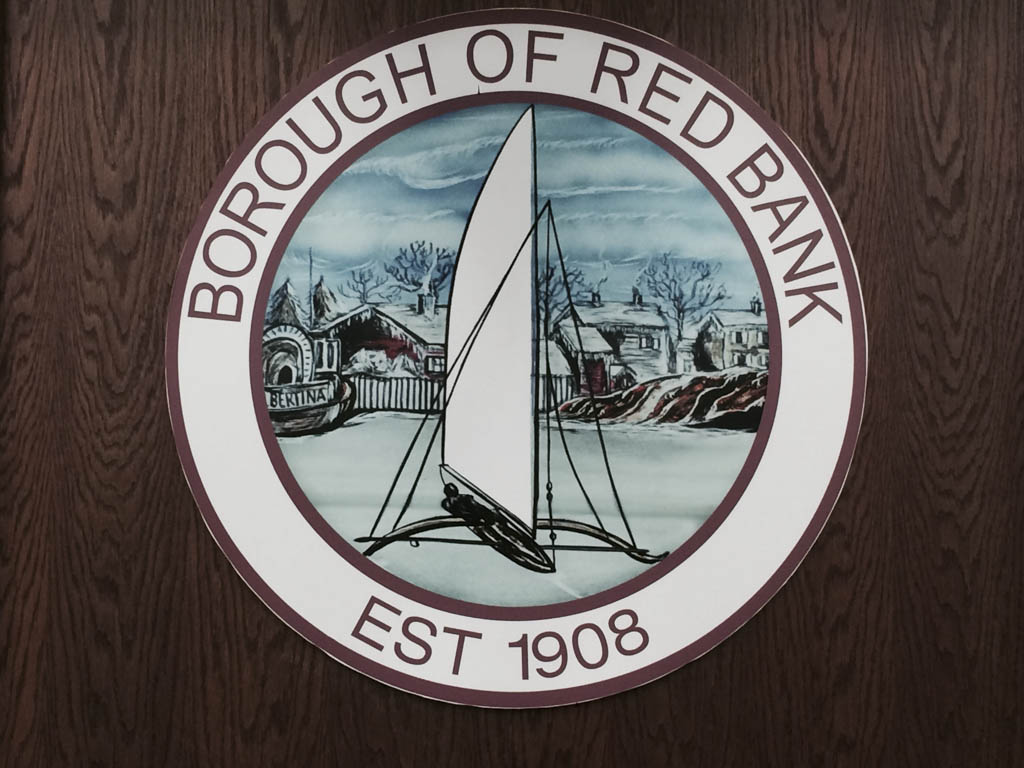The conclusion of a series of strategic meetings has given stakeholders in Red Bank an “economically viable” vision of enhancements that could be made in the borough’s downtown district.
Strategic meetings, which were held over five months, included Red Bank stakeholders who met to discuss a course of action for a redevelopment initiative that could be leveraged to encourage an increase in the number of visitors, consumers and tourists in Red Bank.
The vision was presented to stakeholders at a final meeting on Oct. 15 and includes the revitalization and enhancement of the borough’s biggest economic assets.
The assets include a reimagined and reinvigorated riverfront; a regional center for the arts and creativity; a place for unique dining and shopping experiences; the transformation of Red Bank into a New Jersey Transit Village; a center for health and wellness and a center for financial services.
A “complete streets” philosophy would be implemented in certain areas of the borough to complement and accommodate pedestrians and bicyclists traveling through the area, said James Scavone, executive director of Red Bank RiverCenter.
RiverCenter is the organization that oversees Red Bank’s Special Improvement District.
A parking plan to address what stakeholders said is a lack of parking options in town was frequently voiced during the meetings and will be addressed, Scavone said.
“We created a vision statement that is achievable over the next several years,” said Stephen Catania, chair of the RiverCenter Board of Directors. “Is it today? Is it tomorrow? No. This is something we will be working on over the next couple of years … the vision statement is aspirational. It is something we want to obtain that we do not already have.”
Until this point, stakeholders have brainstormed the ways in which the biggest economic assets could be further improved upon to “maintain and grow the business communities” in the municipality.
Bill Fontana, executive director of the Pennsylvania Downtown Center, was hired to facilitate the development of the strategic plan for the downtown district that was presented to stakeholders. The downtown district is defined as the area between the east side of Broad Street to the Galleria at the corner of Bridge Avenue and West Front Street.
On Oct. 15, Catania said operating committees that work under RiverCenter and the creation of industry-specific advisory councils could push forward the economically viable vision for the downtown district.
Catania said professionals in the areas of retail, restaurant and the arts would be sought out for the advisory councils.
“This is supposed to be partnership between residents, the Borough Council and businesses. My question is where are (residents) going to fit into helping this vision for Red Bank?” one resident asked.
Catania said, “Our residents can offer perspective in any of these areas because they are also the end users. We don’t want to do this in a vacuum.”
Scavone, who called the Navesink River the most valuable asset in Red Bank, said the riverfront, ideally, could be a “place for the community to gather” and has the potential to increase the number of visitors to Red Bank.
“(The river) is also currently our most underused asset,” Scavone said. “The ultimate goal is to create a space that becomes the center of Red Bank and feeds the downtown community by drawing people into town.”
The art district, Scavone said, is the second biggest economic asset in the borough. Scavone said there could be movement to transform Red Bank into “the heart of the art community in New Jersey” by creating an inclusive community for art-oriented businesses and artists to live and work in.
Other assets, including improved dining experiences and shopping experiences, the enhancement of health, wellness and financial services, and the concept of revamping the municipality to become a New Jersey Transit Village are also being considered by the Special Improvement District.
Laura Kirkpatrick, the marketing and promotions manager for Red Bank RiverCenter, said “usable maps” are being developed. Business owners in Red Bank, Kirkpatrick said, will be able to purchase space for advertisements and listings on the map. She said the maps will be distributed to hotels in Monmouth County in an attempt to attract tourists to Red Bank.
Stakeholders expressed interest and asked questions about several aspects of the vision plan. As a group, stakeholders said they wanted to know how the ideas presented by Scavone and Catania could be effectively implemented.
Stakeholders continued to offer their own ideas on a course of action. One individual said maintaining and updating social media accounts for the town could be among the short-term goals that would show movement on the long-term initiative.
T.J. Pingitore said the use of the promotional mobile applications could be beneficial for business owners to promote their services. Pingitore said the development of an app could help “fully integrate Red Bank with New Jersey.”
Resident Michael Humphreys, who expressed apprehension with the vision plan, said, “It appears to me, in my way of thinking, like we are going toward Jersey City on the Navesink River.”
Humphreys said the series of economic enhancements that were suggested during the evening could forfeit what he called Red Bank’s small-town charm.

